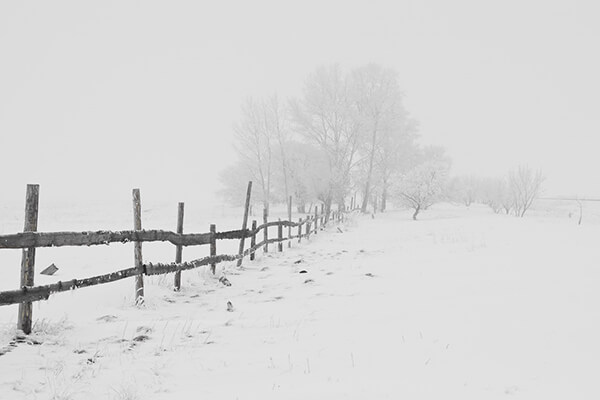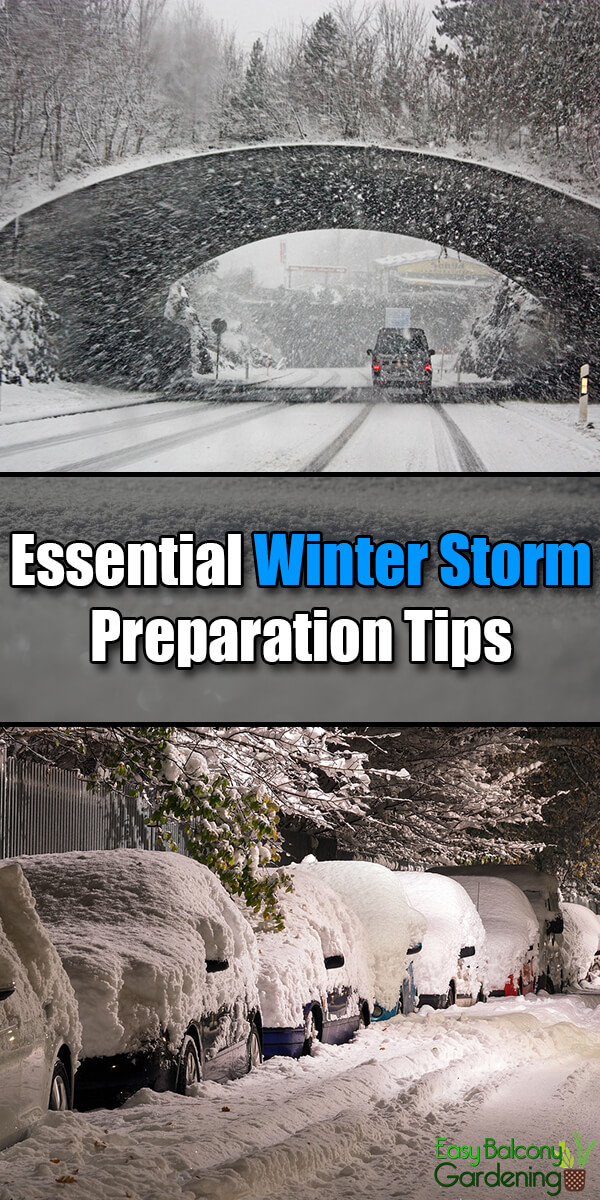The information below on winter storm preparation is through the courtesy of the Hyrum 9th Ward, The Church of Jesus Christ of Latter-Day Saints, Hyrum, Utah.
A winter storm can be a real threat. Be prepared, be careful, and be safe!
Familiarize yourself with these terms:
- Freezing rain – freezes when it hits the ground, creating a coating of ice on roads, walkways, trees and power lines.
- Sleet – rain that turns to ice pellets before reaching the ground, causing roads to freeze and become slippery.
- Winter Storm Watch – a winter storm is possible in your area.
- Winter Storm Warning – a winter storm is occurring, or will soon occur in your area.
- Blizzard Warning – a winter storm has sustained winds or frequent gusts to 35 miles per hour or greater. Expect considerable falling or blowing snow, reducing visibility to less than a quarter mile, and is expected to prevail for three hours or longer.
- Frost/Freeze Warning – a winter storm is expected to cause below freezing temperatures.
Winter Storm Preparation Checklist:
- Food; extra drinking water
- Disaster supply equipment: rock salt to melt ice on walkways, sand to improve traction, snow removal equipment such as shovels and snow blowers, a good supply of dry wood for your fire place or wood burning stove.
- Winterization: a sufficient supply heating fuel, insulate your walls and attics, caulk and weather-strip doors and windows, install storm windows or cover windows with plastic.
- If a thermostat controls your furnace, consider having an alternative heating device method such as a gas fireplace, a wood burning stove, a fireplace, or kerosene heaters in case the power goes out. Ensure proper ventilation when in use.
- Keep fire extinguishers on hand, and teach your family how to use them.
- Never burn charcoal indoors.








